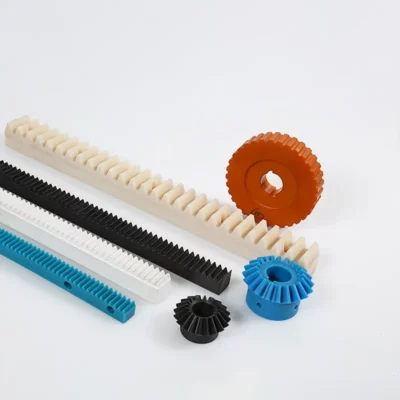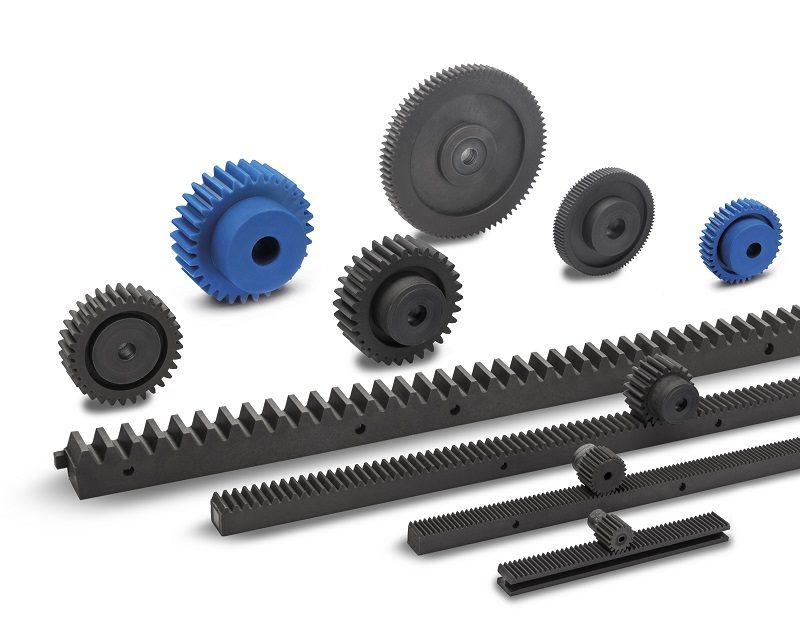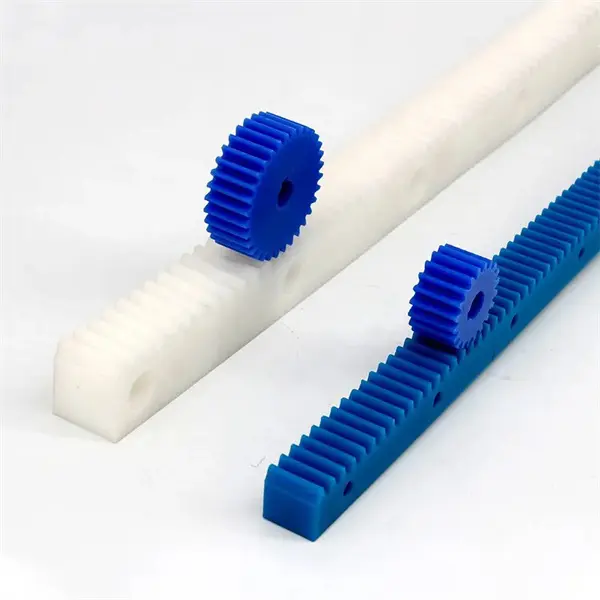Product Description
Our Services
Product Design Material Selection
Mold Design Mold Making
Bulk Production Logo Printing
Surface Treatment Assembling
Packaging Door to Door Delivery
| Material | Nylon ,mc nylon, POM,ABS,PU,PP,PE,PTFE,UHMWPE,HDPE,LDPE, PVC,etc. |
| Color | Black, white, red, green, transparent or any color according to Pantone code |
| Size | As per customer’s requirements |
| Technology | Injection molding, CNC machining, Extrusion |
| Surface Treatment | Powder coating, Zinc coating, Galvanization, Electro-deposition coating, Chrome/zinc/nickel plating, Polishing, Silkscreen, Black oxide |
| Application | Automotive, ATV, Mechanical equipment, Construction, Home appliance, Aviation, Office facilities, Agriculture, etc. |
| Shippment | We have longterm cooperation with internation shipping agent and express company, so that shipping safty and arriving time are secured |
Shipping & Payment
Packaging Ziplock bag or bubble film plus cardboard
boxes with wooden pallets outside
Shipping Method Sea, Air, DHL, TNT,
Fedex, UPS, etc.
Payment Terms Trade assurance, T/T, L/C, Western Union
Detail Image
Why Choose Us
Our Machine
Product Range
Contact Us
|
Shipping Cost:
Estimated freight per unit. |
To be negotiated |
|---|
| Hardness: | Hardened Tooth Surface |
|---|---|
| Gear Position: | External Gear |
| Manufacturing Method: | Cast Gear |
| Samples: |
US$ 999/Piece
1 Piece(Min.Order) | Order Sample Custom packaging, consult us for sample price
|
|---|
| Customization: |
Available
| Customized Request |
|---|

Can rack and pinion systems withstand variations in environmental conditions?
Rack and pinion systems are designed to operate reliably under various environmental conditions. Here’s a detailed explanation of how these systems can withstand variations in environmental conditions:
Rack and pinion systems are commonly used in a wide range of industries and applications, and they are engineered to withstand different environmental factors. Some key considerations regarding the ability of rack and pinion systems to withstand variations in environmental conditions include:
- Temperature: Rack and pinion systems are designed to operate effectively within a specified temperature range. The materials chosen for the components should be capable of withstanding both high and low temperatures without significant degradation. For example, steel or stainless steel components can handle a wider temperature range compared to certain plastics. In extreme temperature conditions, additional measures such as insulation or cooling systems may be required to ensure optimal performance.
- Humidity and Moisture: Rack and pinion systems can be designed to operate in environments with high humidity or moisture. Materials with good corrosion resistance, such as stainless steel or certain plastics, are often used to minimize the risk of rust or degradation due to moisture exposure. Proper sealing and protective coatings can also be applied to sensitive components to prevent water ingress and maintain system integrity.
- Dust and Particles: In environments where there is a presence of dust, dirt, or other particles, rack and pinion systems can be designed with protective measures. Sealed enclosures, gaskets, or covers can be employed to minimize the entry of contaminants into the system. Choosing materials with low friction properties can help reduce the accumulation of particles on the gear surfaces, ensuring smooth operation and minimizing wear.
- Chemical Exposure: Rack and pinion systems may encounter exposure to various chemicals depending on the application. In such cases, material selection is crucial to ensure compatibility with the specific chemical environment. Stainless steel or plastics that exhibit resistance to chemicals can be chosen to prevent corrosion or degradation. It’s important to consider the specific chemical composition, concentration, and duration of exposure when selecting materials.
- Vibration and Shock: Rack and pinion systems can be designed to withstand vibrations and shocks that may occur in certain applications. Robust construction, proper mounting, and securing mechanisms can help minimize the impact of vibrations and shocks on the system. Damping materials or isolation techniques may be employed to further reduce the transmission of vibrations and protect sensitive components.
- Outdoor and Harsh Environments: Rack and pinion systems used in outdoor or harsh environments may require additional protection. Enclosures, coatings, or specialized seals can be employed to shield the system from exposure to sunlight, rain, dust, or corrosive elements. Materials with enhanced UV resistance and weatherproof properties may be chosen to ensure long-term performance and durability.
By considering factors such as temperature, humidity, moisture, dust, chemicals, vibration, shock, and environmental exposure, rack and pinion systems can be designed to withstand variations in environmental conditions. Proper material selection, sealing mechanisms, protective coatings, and maintenance practices play crucial roles in ensuring the system’s reliability and longevity in diverse operating environments.

Can rack and pinion systems be used in the automotive industry, and if so, where?
Yes, rack and pinion systems are widely used in the automotive industry for various applications that require precise motion control. Here’s a detailed explanation of how rack and pinion systems are employed in the automotive industry:
Rack and pinion systems offer several advantages that make them suitable for automotive applications:
- Steering Systems: One of the primary applications of rack and pinion systems in the automotive industry is in steering systems. Rack and pinion steering systems provide a direct and efficient method for converting rotational motion into linear motion, allowing the driver to control the direction of the vehicle. In this setup, the pinion is connected to the steering shaft, while the rack is attached to the front wheels. As the driver turns the steering wheel, the pinion rotates, causing the rack to move laterally and steer the wheels. Rack and pinion steering systems are commonly used in passenger cars, light trucks, and SUVs due to their compact design, precise control, and responsive handling characteristics.
- Power Steering: Rack and pinion systems are also utilized in power steering systems to enhance the ease of steering for the driver. In power steering setups, hydraulic or electric assist mechanisms are incorporated into the rack and pinion system to reduce the effort required to turn the steering wheel. These mechanisms provide additional force or torque to assist the driver, making steering more comfortable and responsive. Power steering systems based on rack and pinion mechanisms are prevalent in modern vehicles, offering improved maneuverability and control.
- Transmission Shifters: Rack and pinion systems can be employed in transmission shifters to facilitate gear shifting in manual or automated manual transmissions. The rack and pinion mechanism translates the linear movement of the gear shifter lever into rotational movement to engage different gears. This allows the driver to select the desired gear position for efficient power delivery and vehicle performance. Rack and pinion transmission shifters offer precise and reliable gear selection, contributing to smooth shifting and improved drivability.
- Convertible Top Mechanisms: In convertible vehicles, rack and pinion systems can be utilized in the mechanisms responsible for raising or lowering the convertible top. The rack is typically integrated into the folding framework, while the pinion is driven by an electric motor or hydraulic actuator. By rotating the pinion, the rack moves linearly, causing the convertible top to be raised or lowered. Rack and pinion convertible top mechanisms provide controlled and synchronized movement, allowing for convenient and efficient operation of the convertible roof.
- Other Applications: Rack and pinion systems find additional applications in the automotive industry, such as throttle control mechanisms, suspension systems, seat adjustments, and sunroof mechanisms. These systems utilize rack and pinion mechanisms to achieve precise and reliable control over various functions in the vehicle, enhancing comfort, convenience, and overall performance.
In summary, rack and pinion systems are extensively used in the automotive industry for steering systems, power steering, transmission shifters, convertible top mechanisms, and various other applications. Their ability to provide precise motion control, compact design, responsiveness, and reliability makes them a preferred choice in automotive engineering, contributing to improved safety, comfort, and driving experience.

What is a rack and pinion system, and how does it function?
A rack and pinion system is a type of mechanical mechanism used to convert rotational motion into linear motion. It consists of two primary components: a rack and a pinion gear. Here’s a detailed explanation of how it functions:
The rack is a straight bar with teeth cut along its length, resembling a gear but in a linear form. The pinion gear, on the other hand, is a small circular gear with teeth that mesh with the teeth on the rack. The pinion gear is typically mounted on a rotating shaft, while the rack remains stationary or moves linearly.
When rotational force is applied to the pinion gear, it rotates, causing the teeth on the pinion to engage with the teeth on the rack. As the pinion gear turns, its teeth push against the teeth on the rack, causing the rack to move linearly in response to the rotational motion of the pinion gear.
The linear motion of the rack can be utilized for various purposes, depending on the specific application. In the context of steering systems in vehicles, for example, the rack is connected to the steering column, and the linear motion of the rack is used to steer the front wheels. When the driver turns the steering wheel, the rotational motion is transferred to the pinion gear, which then moves the rack in a linear manner. This linear motion of the rack translates into the lateral movement of the wheels, allowing the vehicle to change direction.
The meshing of the teeth on the pinion gear and the rack ensures a direct and precise mechanical connection. The close engagement between the teeth minimizes any play or backlash, resulting in accurate and responsive motion. The design of the teeth and the gear ratio between the rack and pinion can be optimized to balance the desired motion, force, and speed requirements for a specific application.
Rack and pinion systems find application in various fields, including automotive steering, robotics, automation, and machinery. They offer advantages such as compactness, efficiency, reliability, and precise motion control, making them a popular choice for converting rotational motion into linear motion in a wide range of mechanical systems.


editor by CX 2023-09-28